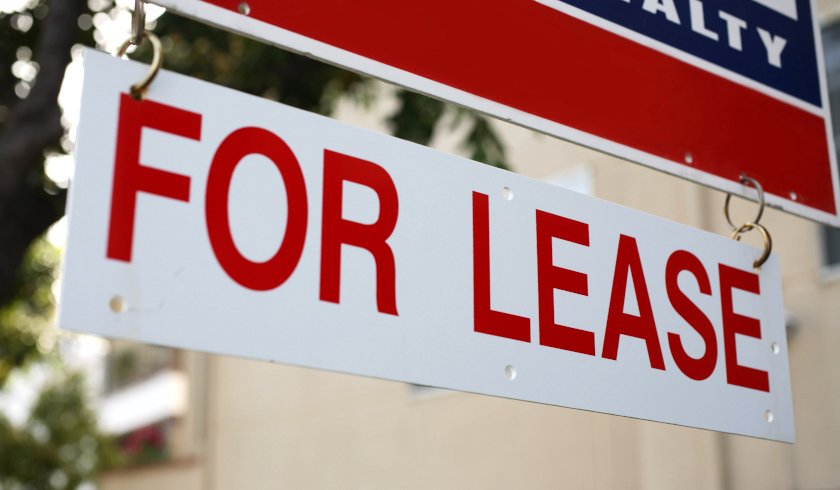Leaseback properties: Opportunities and risks
Leaseback properties offer high yields and capital growth to investors but, naturally, they also come with risks. How can you make the most out of their wealth-creation potential?

What are leaseback properties?
Hatch Property's Julie Cumming defined a leaseback property as a 'display home' used by builders and developers to promote their plans and layouts, as well as new finishes, appliances, fixtures and fittings. Through it, the buyer can get a preview of how the finished product will look like.
To continue reading the rest of this article, please log in.
Create free account to get unlimited news articles and more!
"It will have a number of standard inclusions on show and then a range of 'improvements and upgrades' to show off the versatility and style that the company produces," she said.
The buyer is usually offered an attractive rent that goes above the market—ranging from seven to eight per cent. Moreover, management fees and maintenance expenses are usually waived.
However, purchasing leaseback properties is often an 'off market' opportunity and are only available as house and land construction options or a single-contract option, depending on the financial structure utilised by the developer.
It also lasts only for an average of two years, depending on market movements and returns.
Benefits
Leaseback properties often offer a wide range of wealth-creation opportunities to investors, including:
1. High yield and rental value
One of the biggest benefits of a leaseback property is a high initial yield, which is a result of the high quality of surrounding homes. Moreover, the display home is not heavily marketed to investors as it is not established in a new estate.
The lush external and internal features could also bring in high rental value even after the leaseback period.
According to Ms Cumming: "A leaseback home generally rents back to the market, post-leaseback period, at between $50 to $100 per week more than the average investment property."
2. Good capital growth
Investors also have the opportunity to enjoy good capital growth as leaseback properties are often established in areas with an 'upmarket feel'—meaning, new infrastructure is often built and the streetscape is generally aesthetically pleasing.
"With all investing, the biggest gains come with capital growth so the opportunity should be valid even without the leaseback incentive. In a low-interest rate environment, a leaseback of $580,000 at seven per cent can be cash flow positive by close to $14,000 for an investor on $100,000. Obviously, it could be more for higher-income earners," the property professional said.
Risks
Despite the benefits of purchasing leaseback properties, Ms Cumming strongly advised investors to consider the following risks associated with this type of asset:
1. Overpriced, irrelevant inclusions
Since these dwellings are often filled with upgrades, the prices of leaseback properties tend to be pushed way above general market offering.
While these inclusions can certainly add value to the property, some of them are irrelevant to the asset and could be mere fashion fads.
Ms Cumming advised investors to be more discerning when looking into purchasing a leaseback property in order to ensure that it's truly worth its weight in gold.
2. Short-term high yield
Despite its great features, a leaseback property will not be comparable to the more basic stock in the market, which could negatively impact the follow-up yield once the leaseback period is over.
Because of this, leaseback properties are deemed more suitable for investors who seek only short-term benefits of a high yield.
"In these cases, the opportunities work very well for short-term local investors who can enjoy the benefits of the high yield for a few years and then move into the homes themselves, so a rental yield is not relevant," according to Ms Cumming.
Strategy
The property professional encouraged investors to discuss their plans and strategy to trusted financial brokers and other property professionals, where appropriate, in order to determine the opportunities present and mitigate risks before jumping into a costly investment.
According to her, there are several factors that could impact this type of asset and it's best to understand them to avoid unnecessary losses that could hinder your portfolio's growth.
Her final piece of advice: "Understand the bigger picture."
At the end of the day, a good leaseback property will work well in the market even after the leaseback period.
"Don’t be misled by the prospect of an initial high yield. Ensure the general fundamentals exist and that the property stands valid as a good investment option without the leases back in place—that's when you have a win-win," Ms Cumming concluded.

